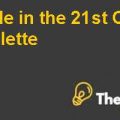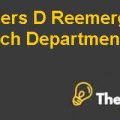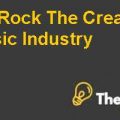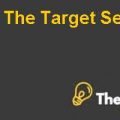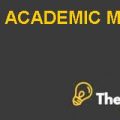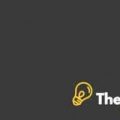Marketing Plan Case Study Solution
Introduction to Marketing
Since from the initiation of businesses in the markets, the researchers have tried and proposed different definitions of marketing that has emerged and evolved into better versions.According to HBR professor, Marketing is all about creating value for the customer and offering them the right product or service that matches nearest to their needs and preferences.
It is about planning executing and framing the certain value creating strategies to position the product in the mind of customers and to give customers a direct relationship with the brand.Over the period of time, the focus of marketing has shifted from conventionally offering the particular product in the market and then driving sales to more functional marketing, which incorporates the customer needs and demand first and then offers particular functional product in the market.
Moreover, with the passing time, the different branches of marketing have also emerged, such includes, traditional/ conventional marketing. Social media marketing, digital marketing, service marketing to name a few.All these branches of the marketing deals with certain focused target market and incorporates the particular specific strategies that delights the customers and aligns the company with the customer preferences.
According to HBR professor “Marketing is the process of planning and executing the conception, ideas, promotions, goods and services in order to create value for customers that satisfies the individuals and hence creates customer loyalty”.
Marketing Mix
According to Kotler and Armstrong (2010), Marketing Mix is set of the tactical marketing tools that the firm uses and incorporate to produce the response from the customer it has aimed to achieve.These tools are the 4Ps or 7Ps of marketing.
The 4Ps and 7Psof market are price, place, promotion, product, people, process and physical evidence.The most frequently used 4Ps are product price, place and promotions, however the marketer have expanded the domain of the tools used, in order to elevate the offering levels and to gain more comparative advantage. (Tracy, 2010)
Product
Product is the mix of the goods and services offered to the end customers. Basically product is the tangible item, designed to offer certain ease to the customers, however product is not necessarily being tangible in nature, and can include intangible product in the form of service.
E: g, Service offered by the aviation. In addition to this, Kotler further divided the product into three categories, namely Core product, Actual product and augmented product.
Place
According to (John Roberts, 2010), Place refers to the company activities through which the customer may reach to the company.It includes the channels or the intermediaries the company may sue to target the right customers.Moreover, it also includes the mechanism that the company develops and use to move the product from manufacturers to retailors and then to the end customers.
Promotion
Promotion includes the activities that the company uses to inform the customers about the products and services and to drive such response that motivates the potential buyers to make the purchase. The basic function of promotion is catering the awareness in the market to drive sales.
Price
Price is basically the amount; the consumers may find willing to pay against the offerings.Under the strategic view, the main aim of the pricing model for the company is to reduce the cost of operations and to increase the profit margins. The two basic models of pricing the products are cost-leadership or differentiation.In each type the company either pursue the economies of scale to drive more sales volume, or price the product aspremium so by offering an exclusive product or offerings to the end-customer.
Process
According to (Bhalla, 2010), the process in marketing mix are measures, mechanism and the flow of activities that offers the company a particular direction to deliver the product to the customers.This particularly includes the operating systems that the company uses to develop design and manufacture the product/service.
People
The people are the human players that are involved in designing the particular service or product for the end customers.It basically includes the human resource and the technical skilled individuals working in the organization, offering the particular service or product along with the customer service to the end customers.(Warrink, 2013)
Physical evidence
The physical environment refers to the environment in which the services are delivered and where the customer and company interact with each other.It physical evidences hence develops the communication platform and facilitates the performance of the company in the market. (Shapiro, 2010)
Marketing Environment
The marketing environment refers to the environment in which the business operates.It is divided into two main broad categories namely internal environment and external environment.
The internal environment includes the suppliers, distributors, retailers, customers and shareholders, while on other hand, the external environment includes(political, legal, social, economic and technological factors).
Internal Environment
Customers
The customers are the key players of the company, all strategies, products and services are designed to cater the customer needs and demands.
Retailers and distributors
The retailers and distributors plays a crucial role in making the business.These are the basic players that spread word of mouth and offers strong recommendation for the company’s product to the end customers...................
This is just a sample partial work. Please place the order on the website to get your own originally done case solution.

